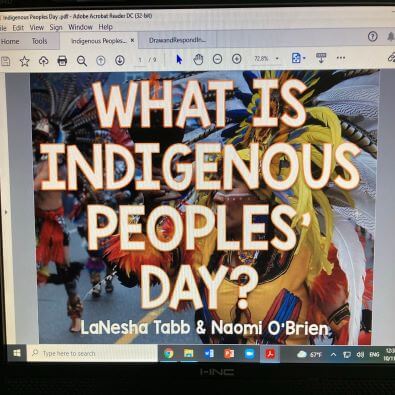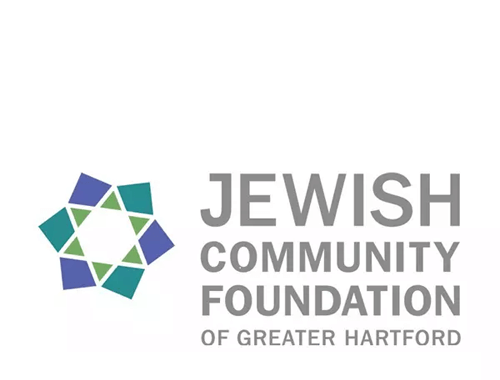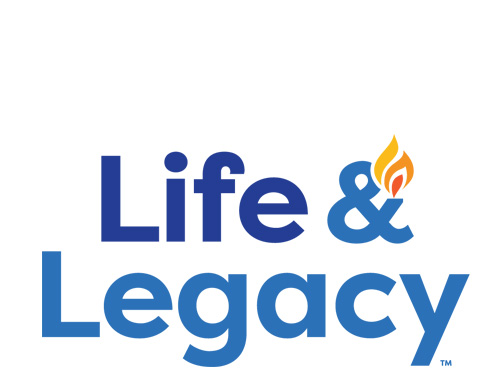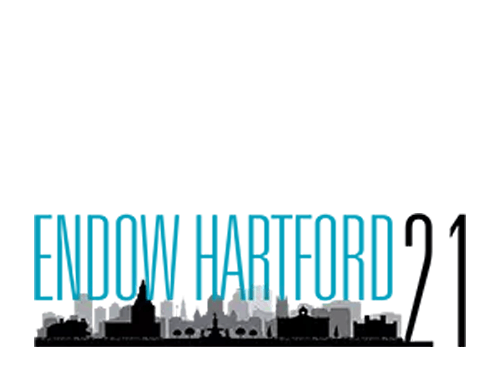Schechter Shavua: October 18, 2021
The Lev Tov of Indigenous Peoples’ Day
 When many other schools have the day off, why is Schechter open on Indigenous Peoples’ Day (formerly Columbus Day)? We have school on this holiday because we believe it’s a chance to learn and bring our values to life. Rabbi Berger recently noted that the power of Indigenous Peoples’ Day is that it represents noticing and respecting people who had previously been sidelined. This coincides with Schechter’s core values of Lev Tov (good heart) and Klal Yisrael (community).
When many other schools have the day off, why is Schechter open on Indigenous Peoples’ Day (formerly Columbus Day)? We have school on this holiday because we believe it’s a chance to learn and bring our values to life. Rabbi Berger recently noted that the power of Indigenous Peoples’ Day is that it represents noticing and respecting people who had previously been sidelined. This coincides with Schechter’s core values of Lev Tov (good heart) and Klal Yisrael (community).
Here are some of the ways that Schechter students recognized the holiday:
Rimonim (grades 2-3) read the book Encounter by Jane Yolen. Then, a fantastic teaching moment: third grade students had the opportunity to talk about “who discovered America” following a mini unit about the impact of word choice and a discussion about the common phrase describing Columbus’ “discovery” of a land that had already been found. Rimonim will be learning more about Native American culture later this year during social studies.
Parparim and Tsiporim (grades K-1) joined together to do a read-aloud followed by their written/drawn responses and a discussion about what Indigenous Peoples’ Day is, why it is a holiday, and if they think the day should still be called Columbus Day or Indigenous Peoples’ day, and why. Students framed their discussions around kindness, what it means to be kind to others, and acknowledging cultures and differences.
Gesher students (grades 4-5) worked on a guided research project about the topic: Should the United States celebrate Columbus Day or Indigenous Peoples’ Day?. They read articles, infographics, voices from other students, and the book Encounter. After exploring this topic, students formed their own opinions and wrote a short opinion essay supporting their claim.
Middle School approached this topic during Spanish class. Sixth graders learned about the Aztecs and their capital city of Tenochtitlán, which is present day Mexico City. Grades 7-8 compared and contrasted the achievements and characteristics of three pre-Columbian civilizations (Mayans, Aztecs and Incas).
Fitness and Fun with Coach Kee
Adrenaline is pumping in PE class! It’s no wonder that PE is a favorite among the students: Coach Kee (aka Wanakee Hector) structures her classes with age-appropriate monthly themes and goals that challenge students physically, teach new skills, and foster teamwork and leadership. This month: Flag Football. Students are developing throwing skills and working together. They are improving their agility and endurance through games of “flag tag.” In addition, Middle Schoolers are creating their own plays, adjusting existing plays, and listening to the team captains.
A former personal trainer, Coach Kee loves to teach workout drills including pushups and situps as well as drills to develop flexibility and muscular endurance. Sometimes the workout drills are in stations like a boot camp; other times, she combines football drills into a very fun obstacle course, including the all-time favorite: a station to practice “tackling” with the Splat Mat. Even Early Childhood will get into the game at their own level, working on jumping skills like the difference between leaping and hopping, how to jump long distances, and how to jump higher.
Check out PHOTOS of our kids in action!
"Firefighter Matt" Makes a Splash with Early Childhood
A huge todah rabah to Matt Spector (dad of Jonah and Gabe), who is a Lieutenant volunteer firefighter for the Windsor fire department! Matt visited Schechter to talk to the Early Childhood students about fire safety, read a story and share some awesome activities. The children loved squirting the fire hose with a big, heavy nozzle and jumping in the truck to turn on the lights and sirens. What a treat! Matt also brought firefighter helmets and activity books, which all of the students thoroughly enjoyed.
We love when parents can share their talents with our students! If you’ve got a talent you’d like to share, please let us know by contacting Audrey at asobel@ssds-hartford.org.
Solomon Schechter Day School
of Greater Hartford
26 Buena Vista Road
West Hartford, CT 06107
© Solomon Schechter Day School of Greater Hartford | Site design Knowles Kreative




